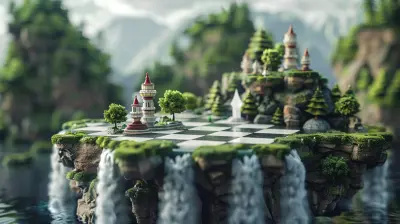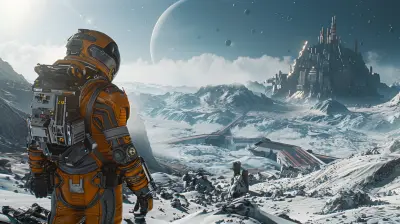How Realistic Should Survival Games Be? A Debate
2 September 2025
Survival games have been a huge hit in the gaming world for years now, throwing players into harsh environments where they must gather resources, fend off enemies, and stay alive at all costs. But here's the million-dollar question: how realistic should these games be? Should survival games stick to actual real-world physics and limitations, or is it okay for them to take creative liberties to keep things fun? Let’s dive into this heated debate and explore the fine line between realism and entertainment in survival games.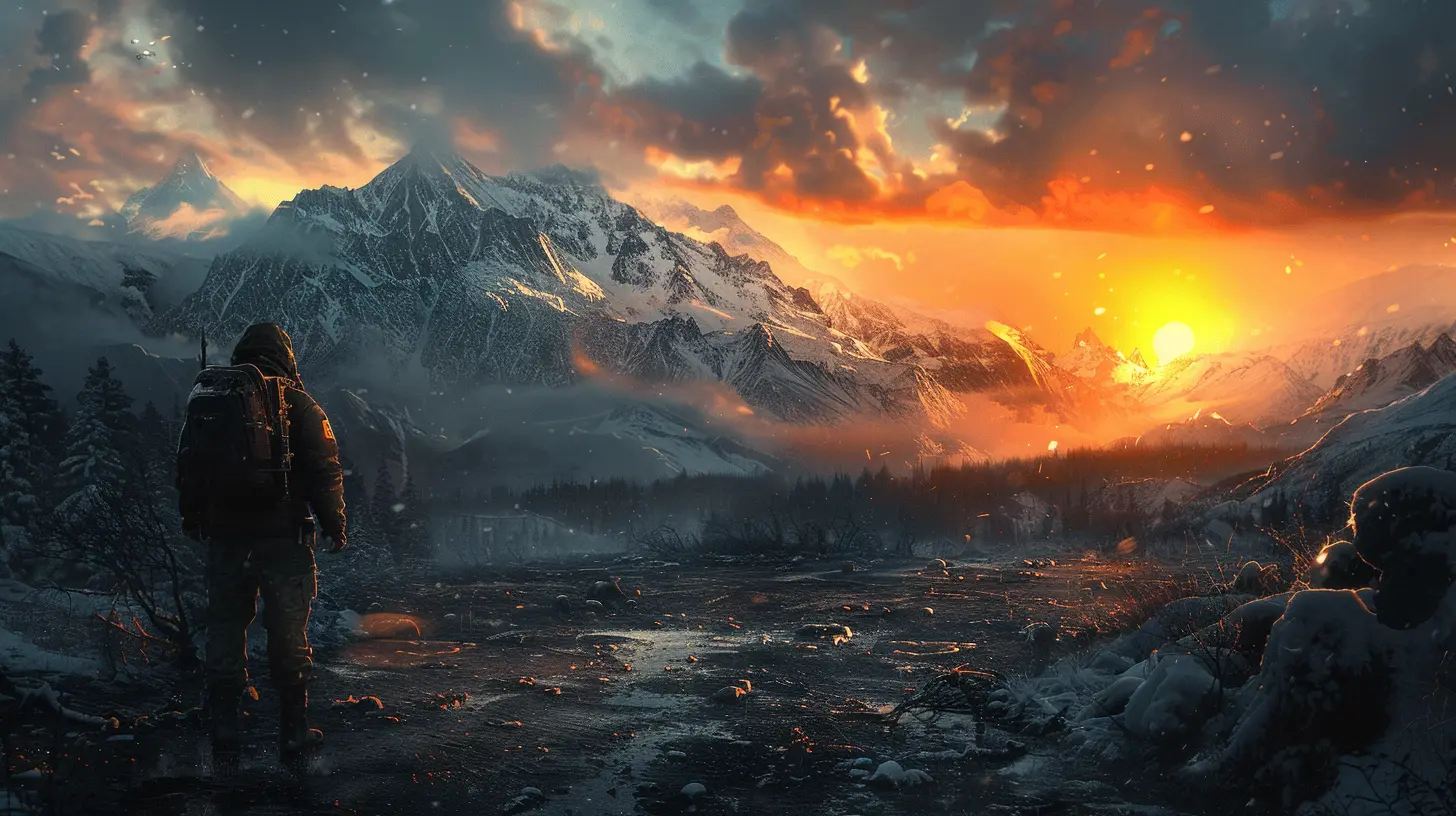
Why Realism Matters
Realism in survival games is like the foundation of a sturdy shelter—it’s what makes the experience feel immersive and believable. When a game gets the little details right, it can suck players in and make them forget they’re sitting on their couch holding a controller.Take games like The Long Dark or Green Hell, for example. These titles take realism pretty seriously. You're not just chopping down trees or hunting; you're accounting for hunger, thirst, and even hypothermia. The environment doesn’t pull any punches, and one small mistake can cost you hours of progress.
Why does this level of realism click with so many players? Because it gives them a sense of accomplishment. There's nothing quite like surviving a blizzard in The Long Dark, knowing that you prepared your shelter and rationed your food like an actual outdoors survivalist. It scratches that itch for those who want a more grounded, down-to-earth experience.
Realism also adds weight to every action. When drinking contaminated water in Green Hell could actually make you sick (forcing you to find medicinal herbs or suffer), it forces players to think twice. It feels like the stakes are higher, and that makes the game all the more engaging.
But truth be told, realism isn’t always sunshine and roses. Sometimes, it’s just…a chore. 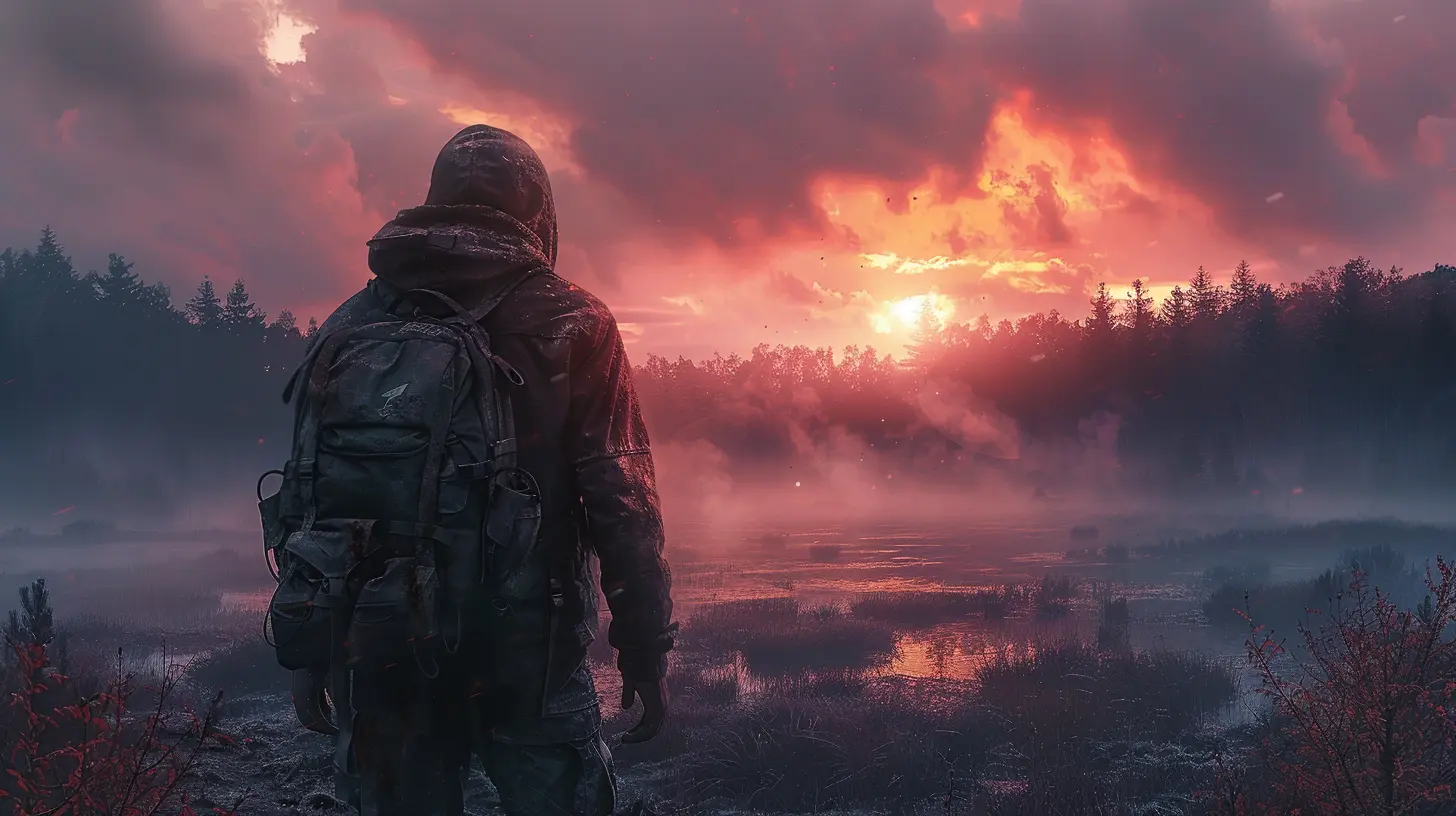
When Realism Becomes a Pain
Let’s be real for a second—surviving in the real world is hard. There’s a reason most of us would rather relax with a game after work than actually go camping in the wilderness with no Wi-Fi. If survival games lean too hard into realism, they run the risk of being more frustrating than fun.Imagine having to simulate every single mundane task to stay alive in a game. Do you really want to spend hours gathering twigs and leaves just to start a fire, only to have rain put it out? Or would you enjoy having to manage the exact nutritional balance of your food intake like you’re tracking calories IRL?
It’s easy for realism to slip into the territory of micromanagement, which can suck the joy out of a game. At the end of the day, we’re playing survival games to escape, not to be reminded of how exhausting actual survival would be.
Take DayZ, for instance. While it’s praised for its hardcore survival mechanics, some players feel that constantly dealing with hunger and thirst meters—alongside managing your inventory space—can be overwhelming. A game shouldn’t feel like a second job, right? 
Fun vs. Realism: Walking the Tightrope
Here’s where things get spicy: balancing realism and fun is an art. On one hand, you’ve got players who crave brutal, realistic survival experiences. On the other, you’ve got those who just want to build epic bases and fight zombies without worrying about catching dysentery.Some games find a sweet spot by blending realism with more forgiving gameplay mechanics. Subnautica, for example, is a survival game that leans on realism in certain aspects—like crafting and resource gathering—but it doesn’t bog the player down with overwhelming details. You can dive into the deep blue ocean, explore alien lifeforms, and build an underwater base without having to worry about whether you’re getting enough vitamin D from sunlight.
Similarly, Minecraft nails this balance. It’s technically a survival game, but realism isn’t its main focus. Sure, you need food to survive, but you’re not going to die of scurvy if you live off bread for weeks. The game takes survival mechanics and simplifies them just enough to remain accessible and enjoyable.
This balance makes survival games appeal to a wide range of players. Hardcore enthusiasts can dive into games with more realism, while casual players can still get their fix without feeling like they’re being punished every five minutes. 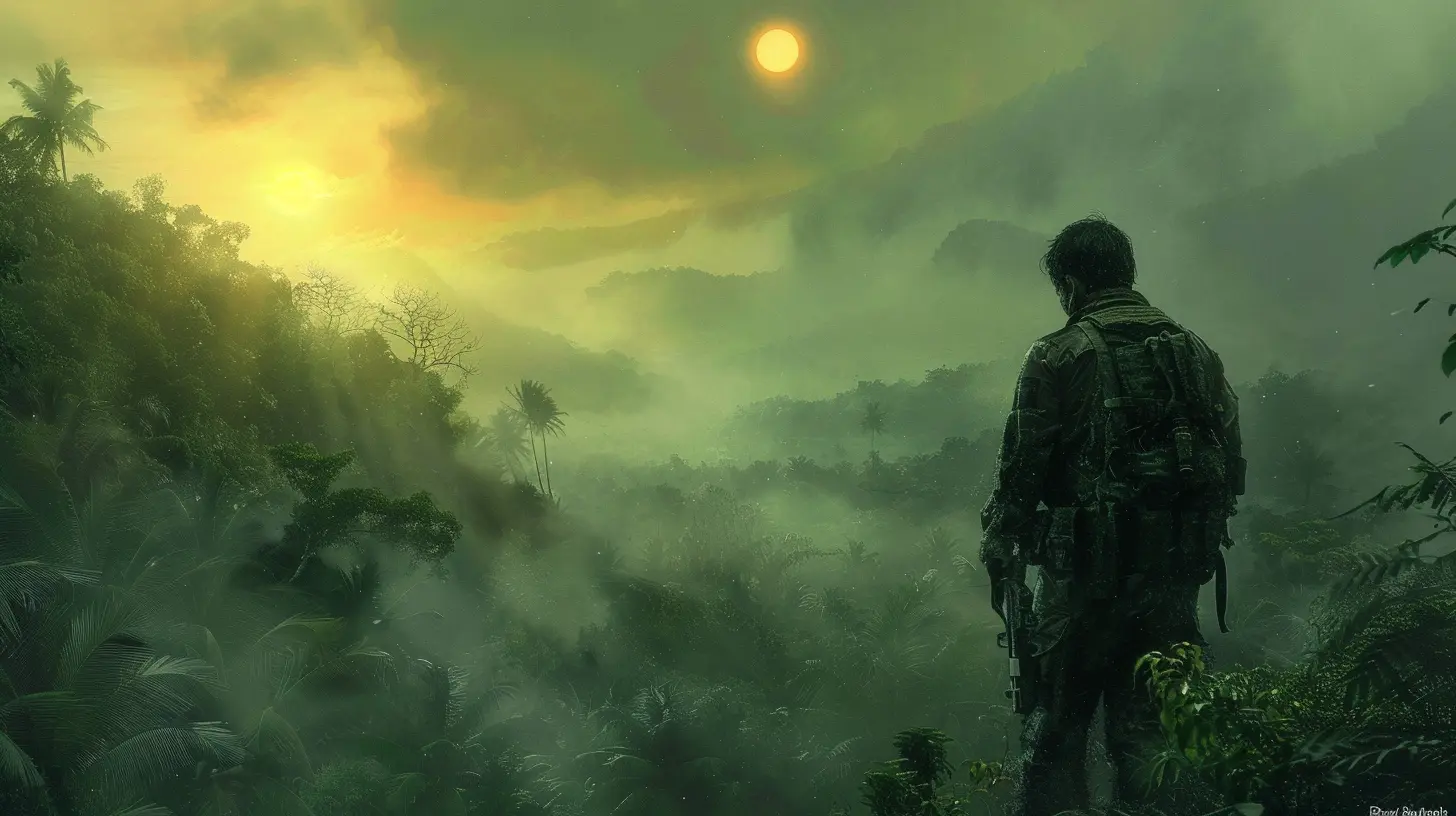
The Role of Creativity in Survival Games
Let’s face it—sometimes realism just isn’t that important. Creativity can be just as crucial in making survival games fun and memorable. After all, survival isn’t only about physics or biology; it’s also about storytelling and imagination.Take Don’t Starve. It’s a survival game, sure, but it doesn’t try to be realistic. The art style is quirky, the mechanics are abstract, and the world is filled with bizarre creatures and magic. It’s more about experimenting and discovering how the game world works than worrying about real-life survival rules.
Another great example is Ark: Survival Evolved. While it has survival elements, you’re riding dinosaurs and taming prehistoric creatures. Let’s be honest, it’s not exactly realistic—but that’s what makes it so awesome. Sometimes, breaking the rules of reality opens the door for creativity and fun.
How Realism Shapes the Player Experience
On the flip side, when done right, realism can also enhance creativity. Think of how games like Rust or Project Zomboid encourage players to think outside the box. When survival mechanics are realistic and unforgiving, it forces you to adapt.You’re not just playing the game; you’re constantly strategizing. Where do you set up your base? How do you conserve resources when food is scarce? Should you take the risk of venturing out at night? These questions push you to use your wits and come up with unique solutions—it’s almost like you’re writing your own survival story.
Realism also amplifies the emotional stakes. In Project Zomboid, if your character dies, that’s it. Game over. The permanence of death makes you care more about your decisions and actions, and those nail-biting moments are what keep you coming back for more.
The Verdict: Is There a Right Answer?
So, how realistic should survival games really be? Unfortunately, there’s no clean-cut answer to this question. It all boils down to what kind of experience the developers want to create—and what kind of players they’re trying to attract.If the goal is to create a hardcore, immersive survival sim, leaning heavily into realism makes sense. These games cater to players who enjoy a slower pace and don’t mind the occasional slog to make victory taste sweeter.
On the other hand, if the priority is accessibility and fun, developers might choose to tone down the realism and focus more on creative gameplay. There’s room in the survival genre for both approaches, and that diversity is what makes it so exciting.
The beauty of survival games is that they’re incredibly versatile. Whether you’re hunting in a realistic tundra or taming dragons in a fantasy world, the core concept remains the same: stay alive by any means necessary. And how a game chooses to interpret that concept is part of what makes the genre so diverse and engaging.
Conclusion
At the end of the day, how realistic a survival game should be is entirely up to the developers' vision and the players’ preferences. Some of us live for the intense challenge of hyper-realistic survival sims, while others are perfectly happy building elaborate fortresses in a more laid-back setting.What’s clear is that both realism and creativity have a place in survival games, and finding the balance between them can lead to some truly unforgettable experiences. So, whether you’re braving the wilderness in a snowstorm or riding a T-rex through a prehistoric jungle, survival games are all about one thing: pushing your limits and telling your own story.
all images in this post were generated using AI tools
Category:
Survival GamesAuthor:

Kaitlyn Pace
Discussion
rate this article
1 comments
Charlie Williams
Balance realism with fun for adventure!
September 14, 2025 at 2:24 AM

Kaitlyn Pace
Absolutely! Striking the right balance enhances immersion while keeping the experience enjoyable. Fun elements can make survival challenges feel rewarding rather than overwhelming.
